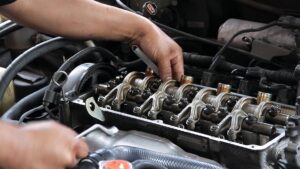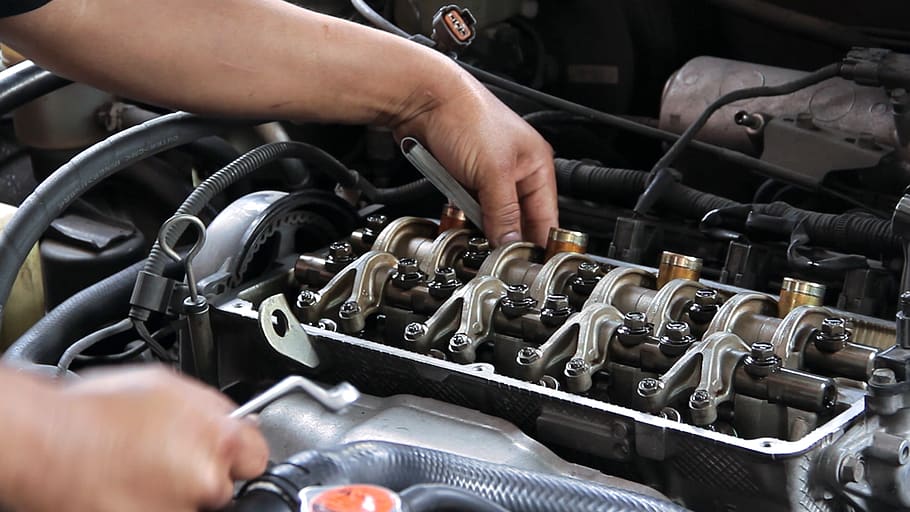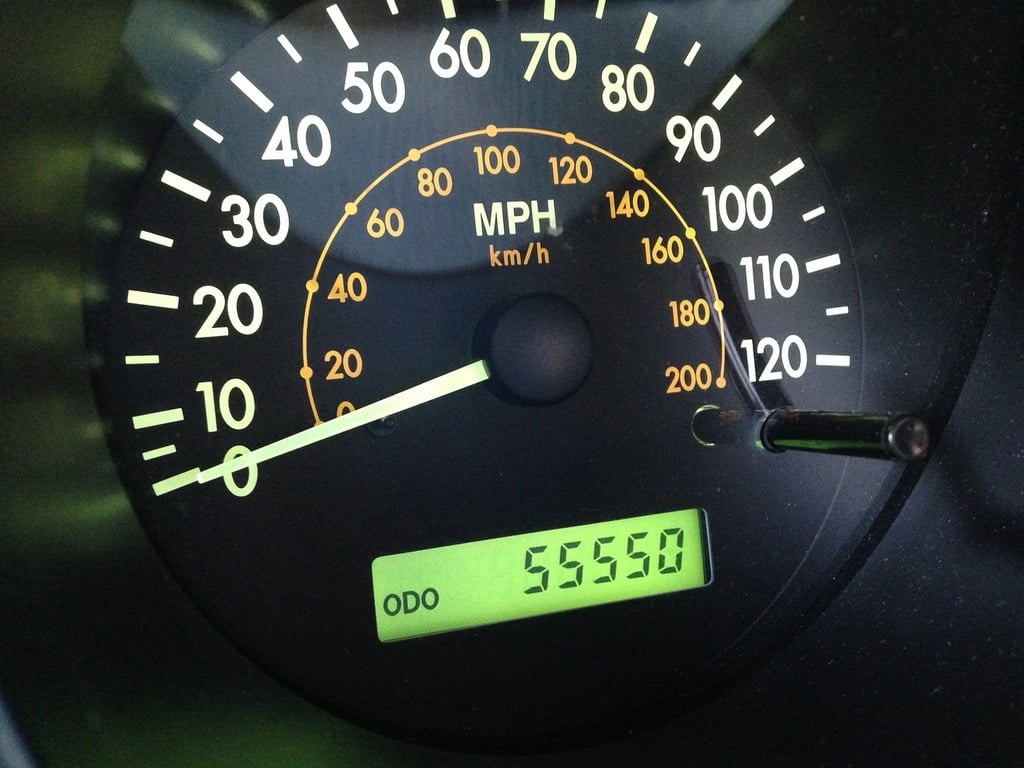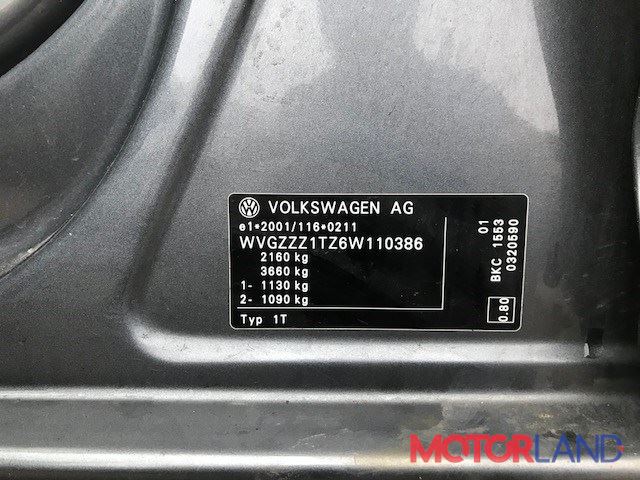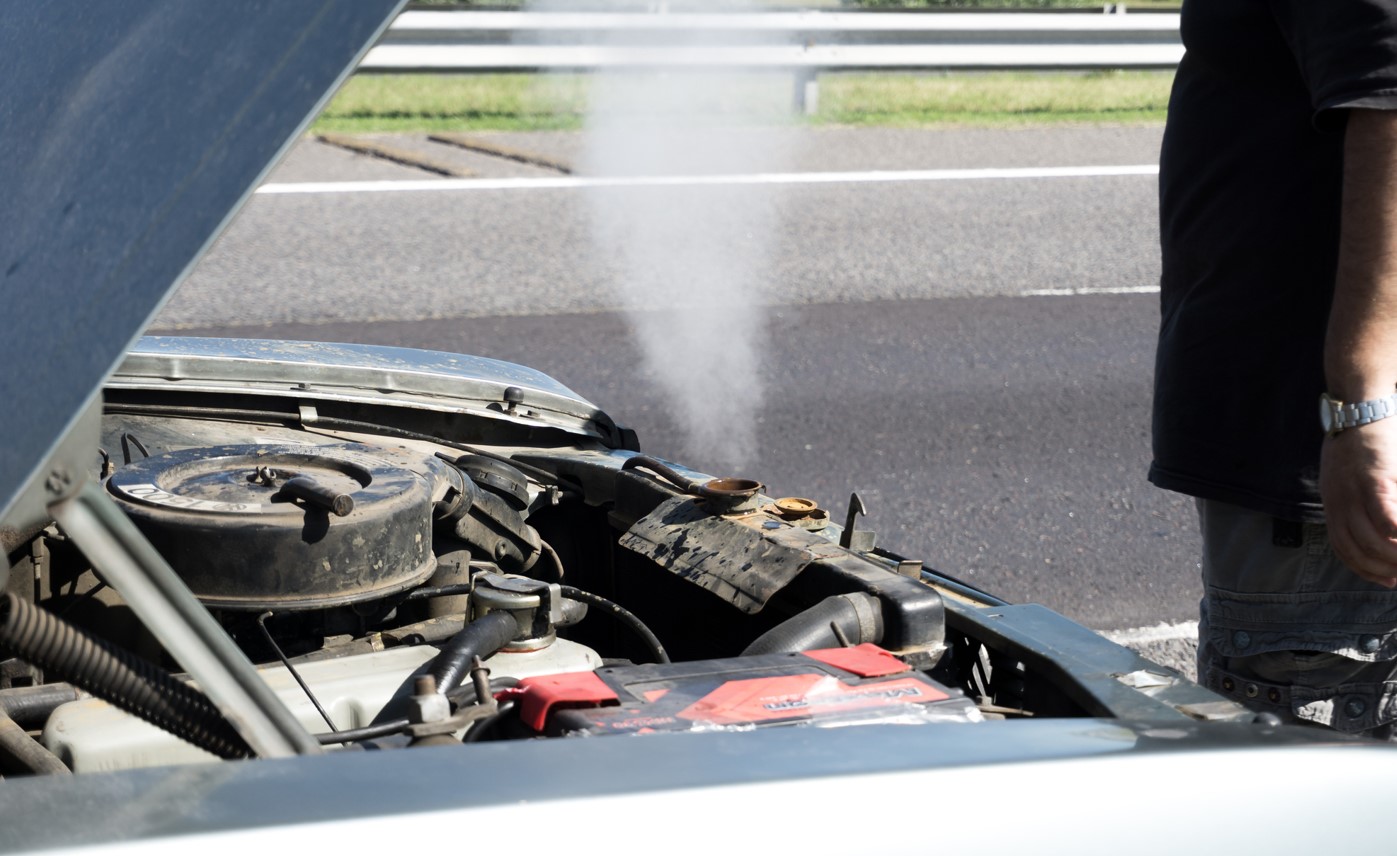So, you’ve got a classic car. A beauty. A rolling piece of history. But life happens, and sometimes that beauty needs to be tucked away for a while. Maybe you’re deploying overseas, maybe you’re moving to a smaller place, or maybe you just need to protect it from the harsh winter elements. Whatever the reason, storing a classic car long-term isn’t as simple as throwing a cover over it and hoping for the best. Neglecting proper storage can lead to a host of problems, from flat tires and dead batteries to rust, rodent infestations, and even engine damage. This guide is your roadmap to ensuring your prized possession emerges from its slumber as stunning as the day it went in. We’ll cover everything from prepping the car to choosing the right storage environment, so you can rest easy knowing your classic is safe and sound.
Key Takeaways:
- Preparation is Paramount: Thoroughly clean, service, and protect your car before storage.
- Environment Matters: Choose a storage location that’s dry, dark, and temperature-stable.
- Maintenance is Ongoing: Even in storage, your car needs occasional attention.
- Prevention is Key: Take steps to prevent rust, pests, and other potential problems.
- Documentation is Your Friend: Keep detailed records of everything you do.
Understanding the Basics of How to Store a Classic Car Long Term
Long-term car storage is more than just parking it and forgetting about it. It’s about mitigating the risks associated with inactivity. Think of it like putting a living thing into hibernation. You need to prepare it for the long sleep and ensure its survival. Key concepts include:
- Stabilizing Fluids: Fuel, oil, coolant, and brake fluid can degrade over time, causing damage. Stabilizers prevent this.
- Protecting the Battery: Batteries lose charge when idle. Disconnecting or using a trickle charger is crucial.
- Preventing Rust: Moisture is rust’s best friend. A dry environment and rust inhibitors are essential.
- Tire Care: Tires can develop flat spots if left in the same position for too long. Overinflation or using tire cradles can help.
- Pest Control: Rodents and insects can wreak havoc on wiring and upholstery. Baits and barriers are necessary.
Imagine your classic car as a finely tuned clock. If you leave it unattended for years, the gears will seize, the oil will dry up, and the whole mechanism will fall into disrepair. Proper storage is like winding the clock, oiling the gears, and protecting it from dust and moisture, ensuring it ticks perfectly when you’re ready to use it again.
Importance and Implications
Why bother with all this fuss? Because neglecting proper storage can have devastating consequences for your classic car. We’re talking about:
- Reduced Value: A poorly stored car will depreciate significantly due to cosmetic and mechanical damage.
- Costly Repairs: Neglect can lead to major engine work, rust repair, and interior restoration, costing thousands.
- Irreversible Damage: Some damage, like severe rust or rodent infestations, may be impossible to fully repair.
- Loss of Authenticity: Non-original parts and repairs can diminish the car’s historical value.
- Emotional Distress: Seeing your beloved classic deteriorate is heartbreaking.
Think of it this way: you’ve invested time, money, and passion into your classic car. Proper storage is an investment in preserving that investment. It’s about protecting your legacy and ensuring future generations can appreciate the beauty and craftsmanship of these automotive treasures.
Practical Applications or Strategies
Here’s a step-by-step guide to storing your classic car like a pro:
- Wash and Wax: Thoroughly clean the car inside and out. Apply a coat of wax to protect the paint.
- Service the Car: Change the oil and filter, top off all fluids, and check for any leaks or issues.
- Fuel Stabilizer: Add fuel stabilizer to the gas tank and run the engine for a few minutes to circulate it.
- Battery Care: Disconnect the battery or connect a trickle charger.
- Tire Care: Overinflate the tires to the maximum recommended pressure or use tire cradles.
- Exhaust and Intake: Seal the exhaust pipe and air intake with plastic bags and tape to prevent moisture and pests from entering.
- Interior Protection: Place moisture absorbers inside the car and cover the seats with breathable fabric covers.
- Pest Control: Set up rodent traps and insect baits around the storage area.
- Car Cover: Use a breathable car cover to protect the car from dust and scratches.
- Storage Location: Choose a dry, dark, and temperature-stable storage location.
Common Pitfalls to Avoid:
- Using a non-breathable car cover: This can trap moisture and lead to rust.
- Forgetting to stabilize the fuel: This can cause fuel system problems.
- Ignoring pest control: Rodents can cause extensive damage.
- Storing the car outdoors: Exposure to the elements is a recipe for disaster.
- Not checking on the car periodically: Regular inspections are essential.
Expert Insights or Case Studies
I once consulted on a case where a beautiful 1967 Mustang Fastback was stored in a damp garage without any preparation. Within a year, the car had developed significant rust, the interior was moldy, and rodents had chewed through the wiring harness. The owner faced thousands of dollars in repairs and a significant loss in value. This highlights the importance of proper storage, even for a relatively short period.
Another expert I know, a renowned classic car restorer, swears by using desiccant packs inside the car to absorb moisture. He also recommends rotating the tires every few months to prevent flat spots. These small steps can make a big difference in the long run.
The Importance of Climate Control
While a garage is better than the great outdoors, an uninsulated garage can still experience significant temperature and humidity fluctuations. These fluctuations can accelerate corrosion and damage sensitive components. Ideally, you want a climate-controlled environment that maintains a consistent temperature and humidity level. This could be a dedicated storage facility or a specially equipped garage with insulation, a dehumidifier, and a heater. The added expense is well worth it for truly valuable or rare classics.
Documentation and Maintenance Schedule
Keep a detailed log of everything you do to prepare your car for storage, including the date of service, the type of fluids used, and any maintenance performed. This will be invaluable when you’re ready to take the car out of storage. Also, create a maintenance schedule for the storage period. This should include tasks like checking the battery, rotating the tires, and inspecting for pests. Regular maintenance will help prevent problems from developing and ensure your car is ready to go when you are.
Conclusion:
Storing a classic car long-term requires careful planning and execution. By understanding the basics, implementing practical strategies, and learning from expert insights, you can protect your investment and ensure your classic car remains a source of pride and joy for years to come. Don’t underestimate the importance of preparation, environment, and maintenance. Your classic car deserves the best, and with a little effort, you can provide it.
Frequently Asked Questions:
What is How to Store a Classic Car Long Term?
It’s the process of preparing and maintaining a classic car for an extended period of inactivity to prevent damage and preserve its value.
Why is How to Store a Classic Car Long Term important for Classic car collectors?
It protects their investment, prevents costly repairs, and preserves the car’s historical value and authenticity.
How can I apply the concepts of How to Store a Classic Car Long Term in my context?
Assess your storage environment, follow the step-by-step guide provided, and tailor your maintenance schedule to your specific needs.
Where can I learn more about How to Store a Classic Car Long Term?
Consult classic car clubs, online forums, restoration specialists, and automotive publications for additional information and resources.



